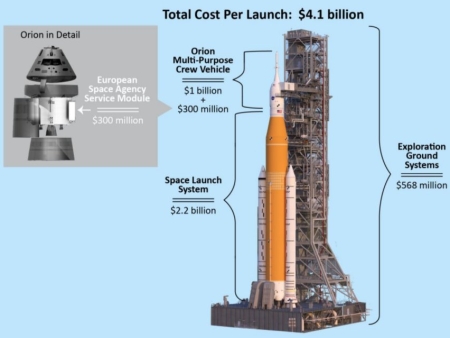Modern academia: “We aren’t going to hire another white guy, are we?”

Whites need not apply.
The quote in the headline above comes from a lawsuit [pdf] filed by a former professor at the University of Illinois-Chicago, Stephen Kleinschmit, who was eventually terminated because he had raised concerns within his department about its hiring practices, which beginning in 2019 became entirely focused on choosing its new faculty employees solely on whether they were born to the correct race, not on their talents or qualifications.
Kleinschmit raised his concerns because he was required to participate in the hiring process, and feared if he did not do so it “would make him a participant in illegal activities for which he would be held liable.” Instead of recognizing the clearly discriminatory and illegal nature of its racial hiring practices, however, the department decided to terminate Kleinshcmit’s contract instead.
He was ultimately terminated in August 2023 spring semester, ostensibly as a result of the need for “budget cuts.” Kleinschmit said the decision to fire him at that time appeared to be intentional, to not only cut him loose from his job at UIC, but also deny him the opportunity to seek employment at another university for more than a year.
However, Kleinschmit said he – the department’s only white male faculty member – was the only faculty member terminated at that time, despite claims of lack of finances, even as UIC moved forward with plans to hire more “diverse” faculty.
The complaint noted that Kleinschmit’s old job was later posted as eligible for hiring. But now the job ad was written in a way to encourage non-white male applicants, “as UIC shifted resources to a new job focused on fulfilling its racially discriminatory goals.” [emphasis mine]
In other words, the department fired its only white professor in order to replace him with a minority.
» Read more







